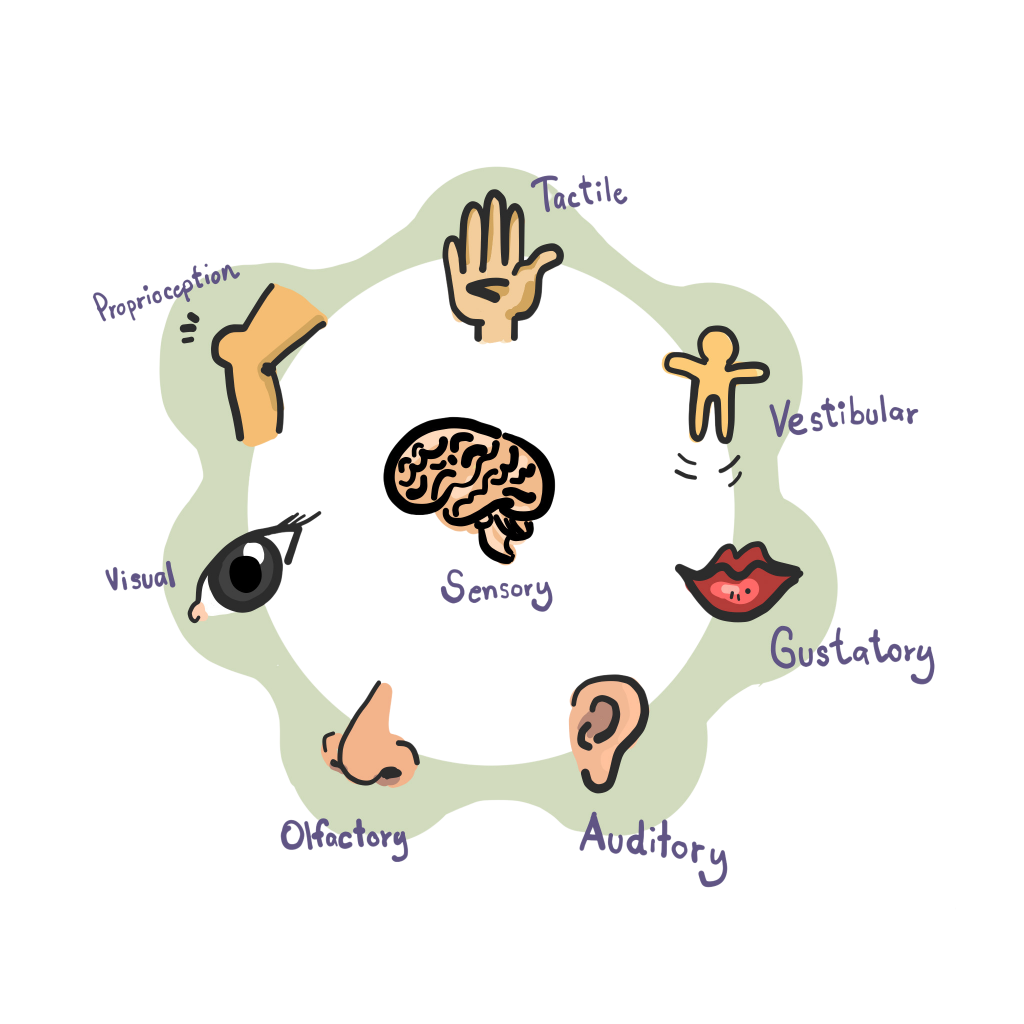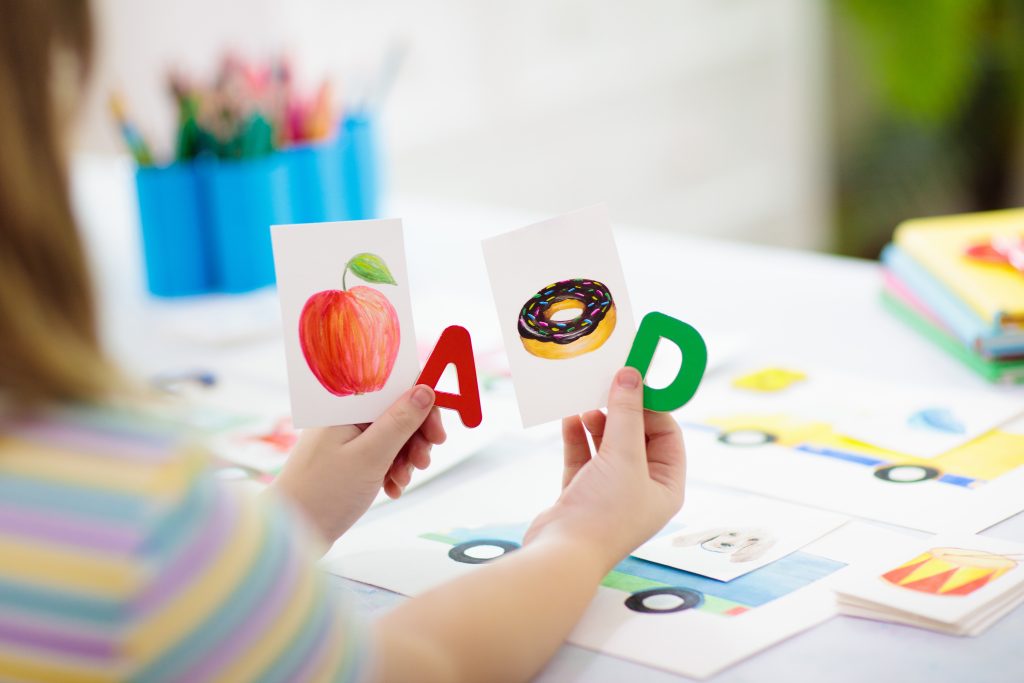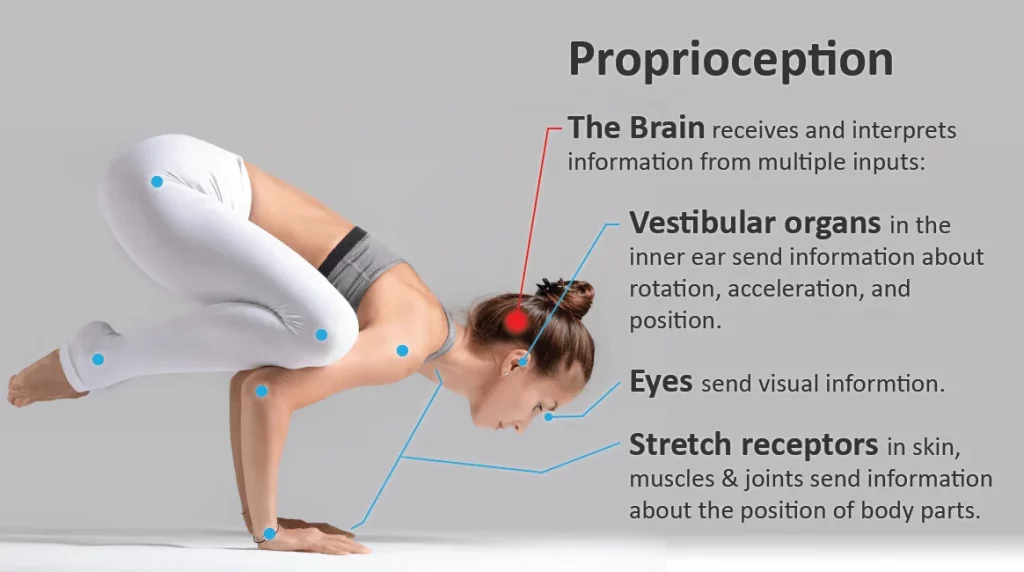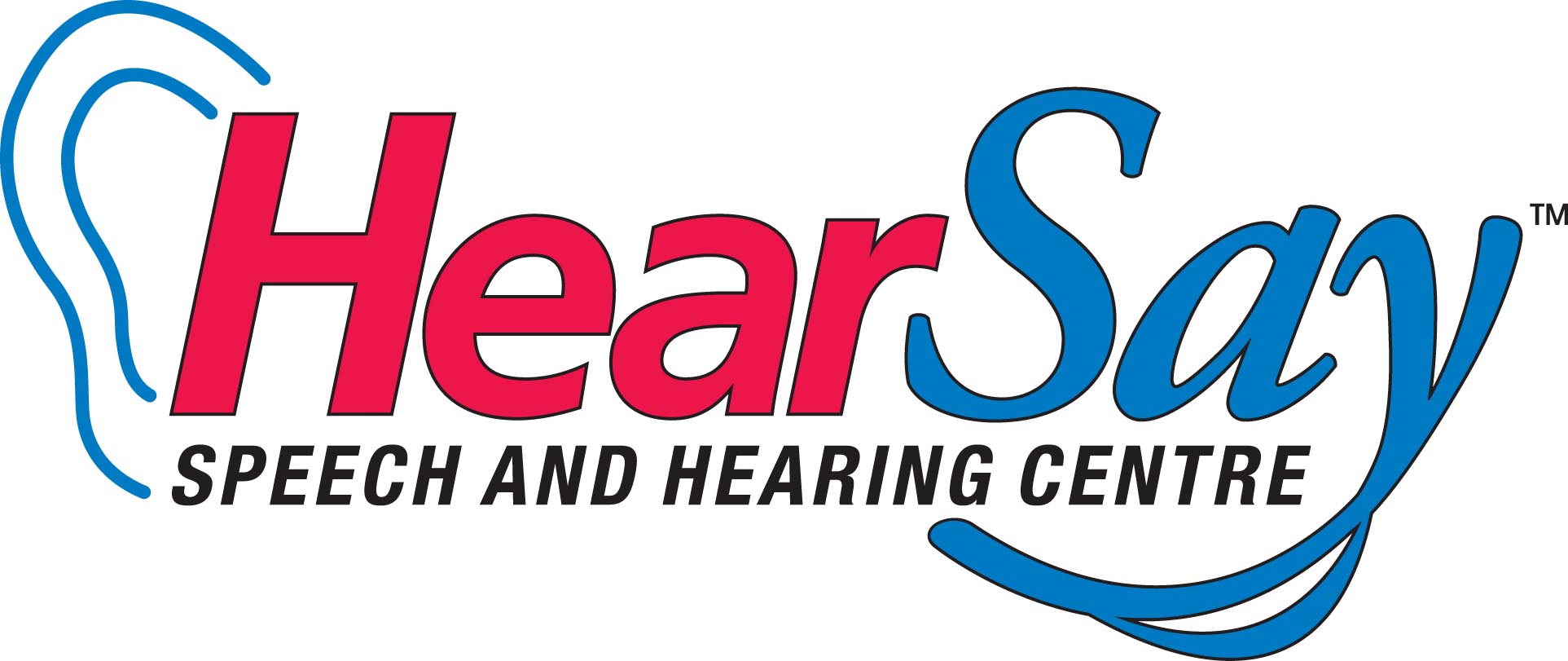
There are a whole host of connections when it comes to listening, literacy and language. A wholistic approach to learning truly incorporates all sensory pathways in the human body since no system stands alone or acts on its own. There is a synergistic involvement of body, brain and central nervous system that must work together. This includes hearing, vision, speech, touch and even smell! In the words of psychologist Donald Hebb ‘neurons that fire together, wire together.’

Let’s take a journey beginning with sound…
Audition
We begin with the presence of a sound which is carried by way of a soundwave. The sound travels to a person’s ear and makes its way through the intricate many parts of the ear (peripheral hearing, detection of sound).
Normal hearing test ✔
But wait….normal hearing does not mean normal processing. A pure tone hearing test has looked at detection of sound, but not to the level of the brain and what the brain actually processes of the sounds that were presented. This testing is sometimes referred to as psychoacoustic testing, but is best known as auditory processing testing to look for elements of Auditory Processing Disorder (APD or CAPD).
There are many skills and types of processing ability. Those that result in struggles with listening in noise, dichotic and selective listening tasks, binaural synthesis, temporal resolution, and phonemic synthesis to name a few are within the realm of AUDITORY processing.
Poor skills in phonemic synthesis give rise to an inability to manipulate sounds (blend individual sounds into words). Poor phonemic awareness skills are known to be a predictor of later reading success. Phonemic awareness is based on tasks of rhyming, identification of same/different sounds, syllables and words, phoneme segmentation and blending, sound substitution and manipulation. Auditory processing disorder (APD) frequently shows delays in phonemic awareness which explains why those with APD often struggle to learn to read, spell and write.

Vision

Adequate vision and visual processing skills are important factors in acquiring reading skills.

As we move onwards into beginning stages of reading we engage both the auditory and visual systems as well as fine and gross motor skills used in print/written language. It is also where the motor movements needed for speech production are critical since the way we produce sound will have a direct impact on how we hear them and in essence transcribe them (write them down). In fact the opposite is also true, the way we hear and process sounds, will also affect how we write them down and spell words.

Motor movements for speech are not only critical for clarity of sounds, but also for listening feedback in order to sound out and spell words.
Proprioception

Allows us to keep track of where our body is in space. This has impact on our ability to print neatly on a line or on paper, but also how to hold our body in space, retain balance and receive information from our bodies.
